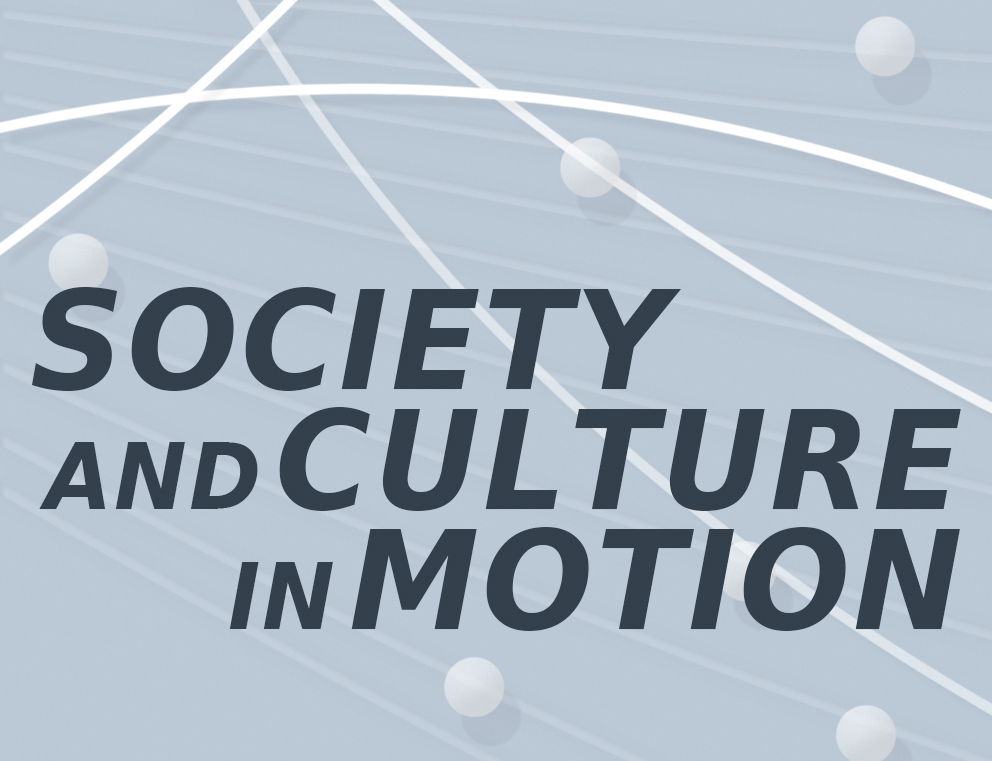André Hertrich M.A., MA

PhD Student (Scholarship holder 07/2012 - 09/2012)
Supervisor: Prof. Dr. Gesine Foljanty-Jost; PD Dr. Dorothée de Nève
Overview
Dissertation Project: War and Memories in the Military – JSDF-Museums' Representation of the Asian-Pacific War
In June 2007 the Ground Self-Defense Force (GSDF) in Asahikawa (Hokkaidô) reopened their historical museum Hokuchin Kinenan in a newly constructed building to the public. Contrary to official statements stressing discontinuity between the post-war GSDF and its pre-war predecessor, the Imperial Japanese Army (IJA), the museum's main focus lays on IJA's 7th Division and the various wars it had fought in. This constitutes a new development for the GSDF and their attempts to foster a positive image in the public. While the Maritime Self-Defense Force (MSDF) never hid their close ties with the Imperial Japanese Navy (IJN), the museum in Asahikwa is the first of its kind within the GSDF.
In my research project I survey several attempts of the Japanese Self-Defense Forces (JSDF) to represent the history of armed forces in Japan and their experiences during the Asian-Pacific War (1931-1945) in publicly accessible museums. I will focus on ways in which the army and navy, individual soldiers and officers, battles and combats, and daily life are being presented at the museums. By putting the history of Japan's modern military on display, the JSDF museums not only represent certain continuities between IJA/IJN and their successors, but also position themselves in Japan's publically contested memories and ongoing debates on Japan's responsibility for waging war and committing war crimes. The aim of my dissertation is to identify these positions. Furthermore I would like to assess reasoning and motivation of JSDF officials, JSDF-officers in the museums as well as representatives of civil society and local communities to participate in museum works.
The methodological approach for my research is based on the so called 'historical museum analysis' by Thomas Thiemeyer. In this approach historical museums are analyzed by means of historical research, i.e. a critical appraisal of sources. Thus exhibitions in museums are being "read" similarly to written historical sources and analyzed according to authorship, forms, messages, intention, recipient etc. Other than written sources, the analysis of a museum includes many different layers: the building, items on display, photos, paintings, explanations, guided tours, catalogues and internet presence. Also, there is not only one author, as an exhibition involves many people: the curator, the director, members of planning committees, designers, donators and tour guides. As a consequence, museum analysis therefore merges several forms of research methods such as interviews, text analysis and object analysis.
The empirical basis of my research consists of three museums operated by the JSDF or the Ministry of Defense (MOD). I have conducted various field trips to museums of each JSDF branch and decided to analyze the following three out of approximately 130 museums: These are the aforementioned museum in Asahikawa, the Ichigaya Kinenkan inside the compound of the MOD in Tôkyô and the MSDF-museum in Kanoya (Kyûshû). While the museum in Asahikawa emphasizes the colonization of Hokkaidô and the deeds of IJA's 7th Division, the museum in Kanoya puts maritime aviation and tokkô-tai (kamikaze) pilots in its center of its attention. The Ichigaya Kinenkan on the other side is a historical site itself. It used to be the Ministry of War and became the location of the International Military Tribunal for the Far East after the war. Thus pre-war events and the tribunal are highlighted in this museum.
With my analysis I aim to highlight the way in which these museums shape and interpret the past in their public representations and hope to add to the discourse on the complex ways in which Japan faces the ongoing challenge of addressing the military's actions and attitudes during the war.
Academic CV
| 07/2012- 10/2012 | Grant Student at the Graduate School "Societies and Cultures in Motion" (Martin-Luther University, Halle-Wittenberg) |
| 10/2008- 09/2011 | Grant Student at the International Graduate School Halle – Tôkyô. (Martin-Luther University, Halle-Wittenberg) |
| 07/2009 | Master of Arts in Peace and Conflict Studies (Philipps-University, Marburg). Master Thesis: "The Importance of the Semarang-Case in Contemporary Japan's Politics of Memories on the 'Comfort Women' Issue" |
| 09/2004-10/2005 | Grant Student at the German Institute for Japanese Studies (DIJ) in Tôkyô |
| 07/2003 | Magister Artium (M.A.) in Modern History, Social and Economic History, Japanese Studies (Ludwig-Maximilians-University, Munich). Magister Thesis: "Comparison of West German and Japanese Rearmament Processes after WW2" |
Publications
| 2013 | "Bringing Back the Good Times. Managing Nostalgia and Memories of Harmonious Civil-Military Relations in a Garrison Town" in: Seaton, Philip (Ed.): Local History and War Memories in Japan (in preparation) |
| 2013 | "Wann beginnt Zwang? Fälle von Zwangsprostitution durch das japanische Militär vor niederländischen Kriegsverbrechertribunalen" in: Gestwa, Klaus und von Lingen, Kerstin (Eds.): Zwangsarbeit und Krieg. Überlegungen zu einem strukturellen Phänomen bewaffneter Konflikte von der Antike bis heute in Europa und Asien (in preparation) |
| 2012 | "’Man kann nicht erwarten, dass japanische Soldaten ihr Leben für die Demokratie geben’ Die japanische Wiederbewaffnung 1950-1954 und die Frage eines neuen Tugendkatalogs für die Selbstverteidigungsstreitkräfte" in: Pöhlmann, Markus und Zimmermann, John (Eds.): Ehre und Pflichterfüllung als Codes militärischer Tugenden, Paderborn (publication expected in summer 2012) |
| 2008 | "A Usable Past? Historical Museums of the Self-Defense Forces and the Construction of Continuities" in: Saaler, Sven and Schwentker, Wolfgang (Eds.): The Power of Memory in Modern Japan, Folkstone, 2008 |
Presentations (selected)
| 2011 | "Bringing Back the Good Times: Managing Nostalgia and Memories of Harmonious Civil-Military Relations in a Garrison Town", 13th International Conference of the European Association for Japanese Studies, Tallinn |
| 2011 | "Der Semarang‐Fall als Beispiel für die Zwangsprostitution von Frauen und Mädchen durch das japanische Militär während des Asiatisch‐Pazifischen Kriegs (1931‐1945)", Zwangsarbeit als Waffe. Jahrestagung des Arbeitskreises Militärgeschichte, Freudenstadt |
| 2009 | "Militärische Erinnerungskultur der Selbstverteidigungsstreitkräfte im Spiegel ihrer musealen Selbstrepräsentation", 14. Deutschsprachiger Japanologentag, Halle (Saale) |
| 2009 | “The Batavia Trials in the Context of the ‘Comfort Women’ Issue”, Konferenz: “War Crimes: Retrospectives and Prospects”, London |
| 2007 | "Tödliche Kirschblüten. Kamikaze-Darstellungen in japanischen Militärmuseen", Jahrestagung des Arbeitskreises Militärgeschichte, Berlin |
| 2007 | "Military History and Memories in Japan's Post-War Armed Forces", Deutsches Institut für Japanstudien (Social Science Study Group), Tôkyô |
| 2006 | "Jieitai Museen als Erinnerungsorte", 13. Deutschsprachiger Japanologentag, Bonn |
| 2005 | "The Japanese Selfdefense Forces and the Past. Military Museums and History" 11th International Conference of the European Association for Japanese Studies, Wien |
| 2004 | "The Japanese Rearmament in the 1950s: Continuities and Discontinuities", SEAS Postgraduate Inter-disciplinary Conference in East Asian Studies, Sheffield |





